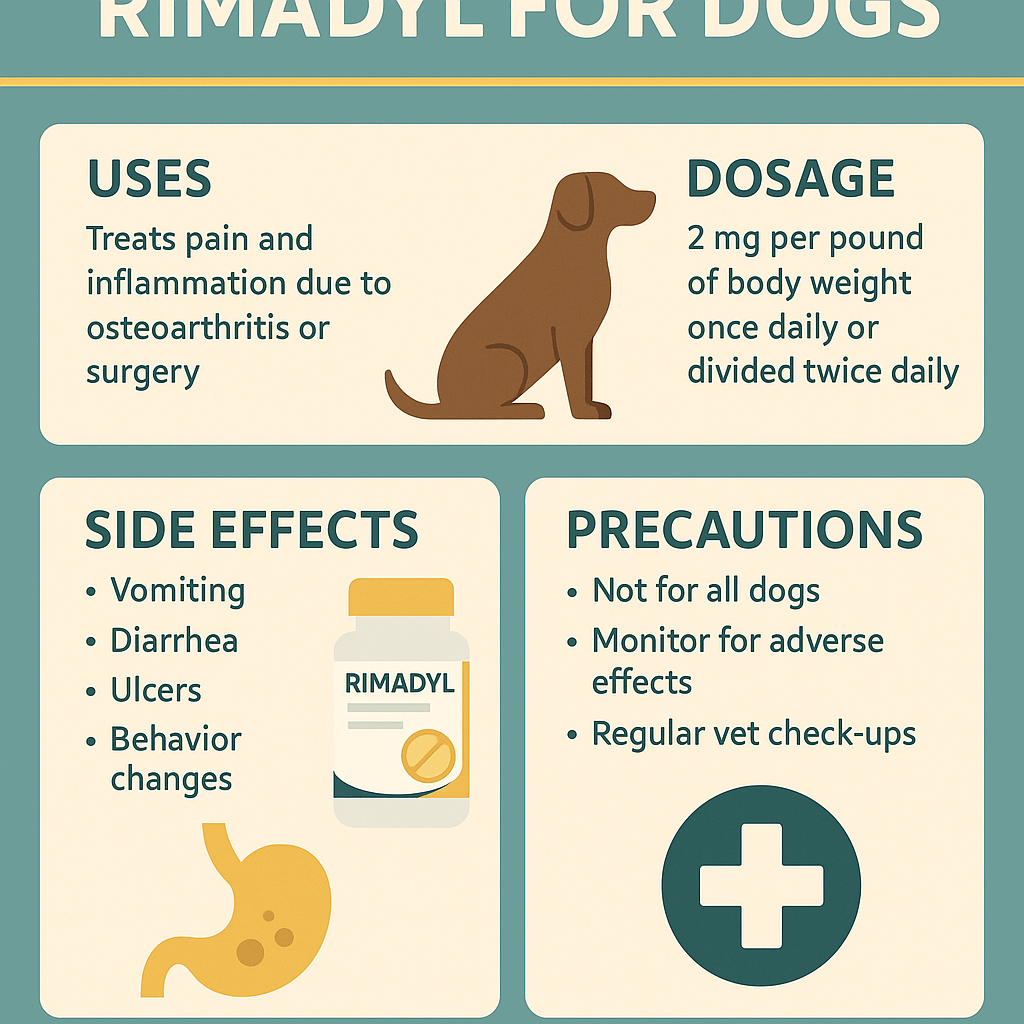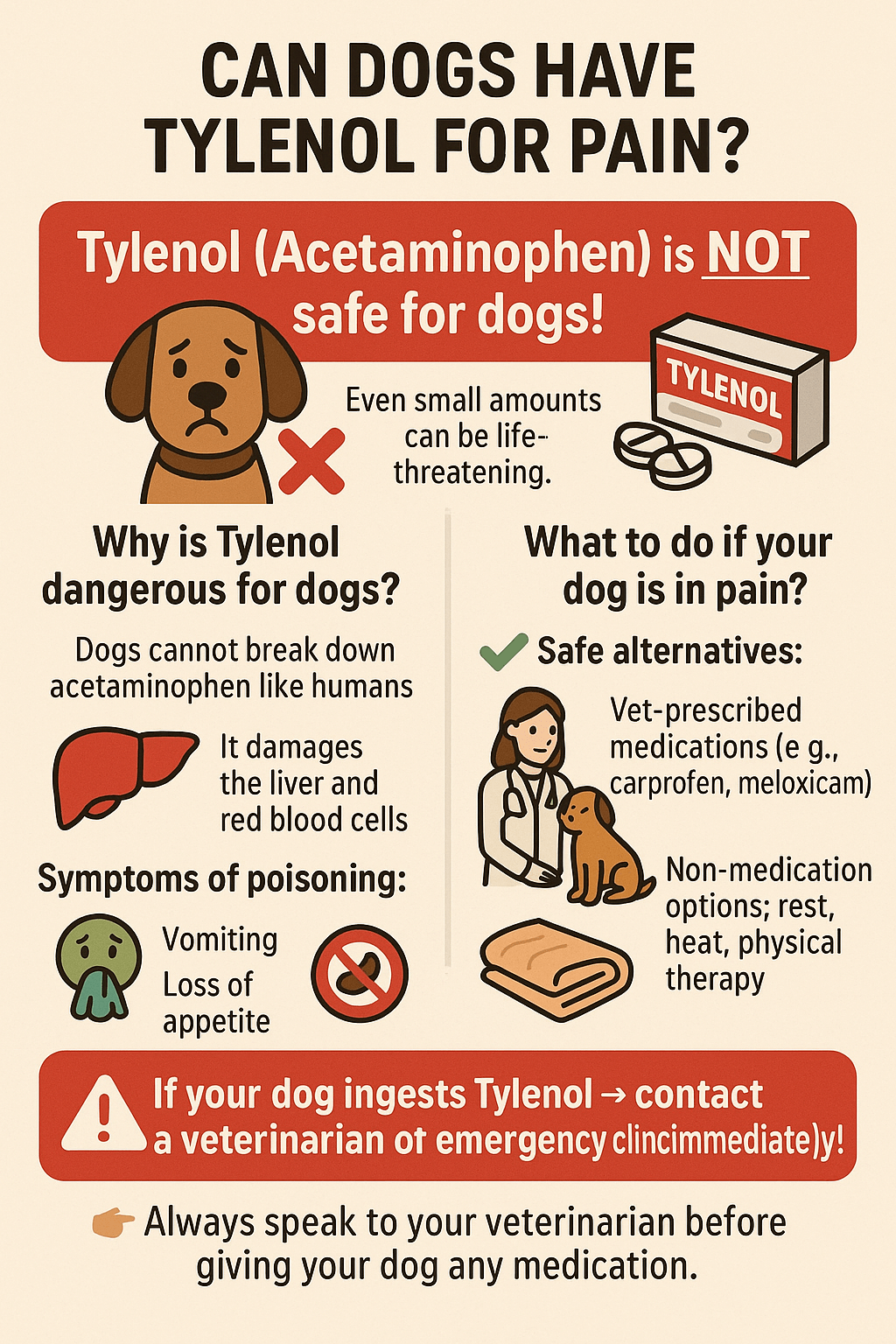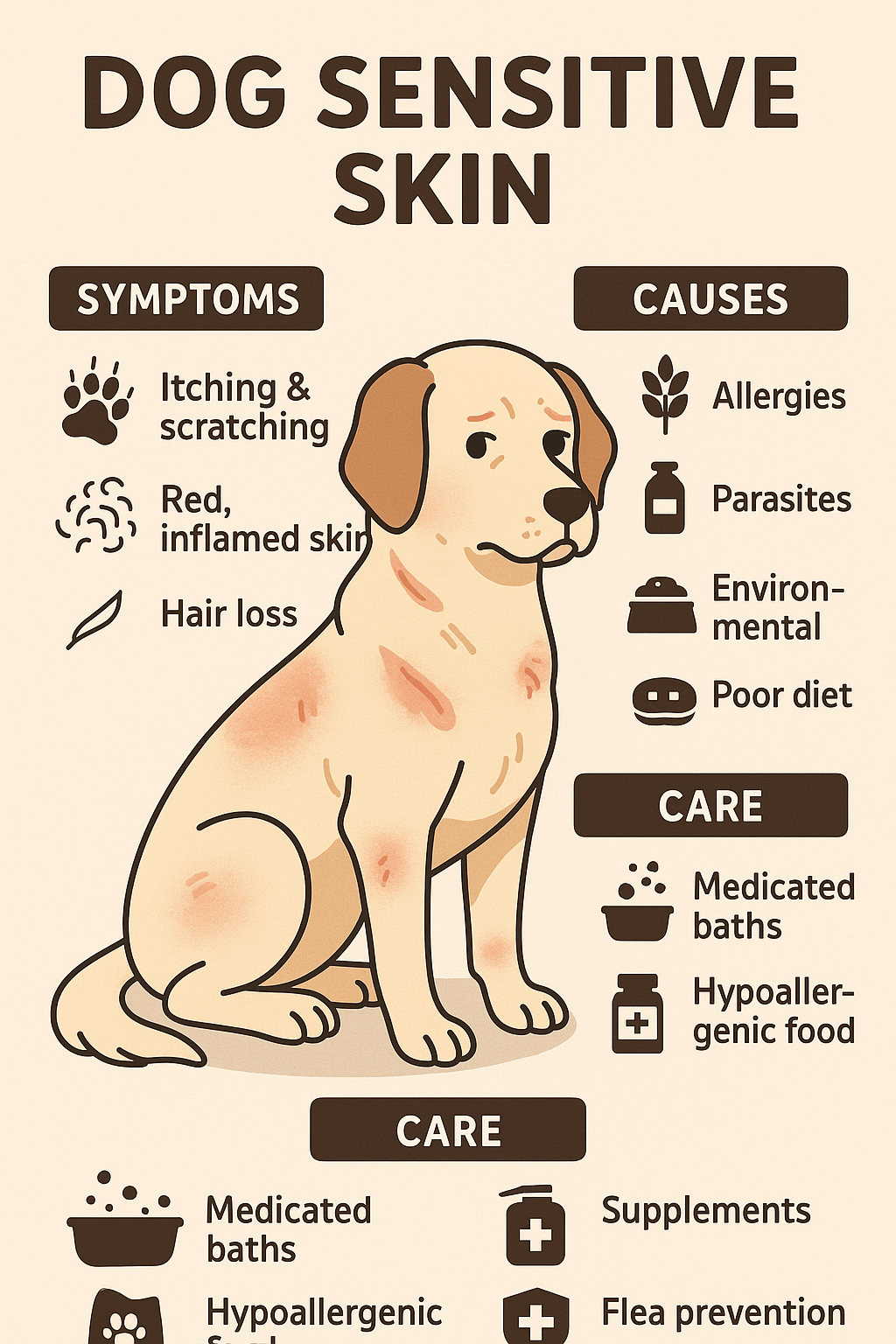Ground Beef Dog Food Recipe: A Nutritious Treat for Your Pup
As pet owners, we’re always looking for ways to provide our furry friends with healthy, wholesome meals. While commercial dog food is convenient, homemade recipes like ground beef dog food can offer a nutritious and delicious alternative. Ground beef is not only rich in protein but also versatile, making it an excellent base for a balanced canine diet. In this blog post, we’ll explore how to prepare a safe and tasty ground beef dog food recipe, ensuring your pup gets the nutrients they need while enjoying every bite.
Why Choose Ground Beef for Your Dog’s Diet?
Ground beef is a popular ingredient for homemade dog food because it’s packed with essential nutrients that support your dog’s overall health. However, there are specific reasons why it’s a great choice for your pup’s diet:
Ground beef is an excellent source of high-quality protein, which supports muscle growth and repair.
It contains essential vitamins and minerals like iron, zinc, and B vitamins, which boost energy and immune function.
Lean ground beef is lower in fat compared to other cuts, making it a healthier option for dogs prone to weight gain.
It’s easy to digest, especially when cooked properly, reducing the risk of gastrointestinal upset.
Ground beef pairs well with other ingredients like vegetables and grains, creating a balanced meal.
While ground beef offers many benefits, it’s important to prepare it safely and combine it with other nutrient-rich foods to meet your dog’s dietary needs.
Ingredients to Include in Your Ground Beef Dog Food Recipe
Creating a balanced homemade dog food recipe requires more than just ground beef. You’ll need to incorporate additional ingredients to ensure your dog receives all the necessary nutrients. Here’s a list of ingredients to include:
Brown rice or quinoa as a carbohydrate source to provide energy and fiber.
Carrots or sweet potatoes for beta-carotene, which supports eye health and boosts immunity.
Green beans or spinach for added vitamins, minerals, and antioxidants.
Pumpkin puree to aid digestion and promote healthy bowel movements.
Omega-3 rich oils (like fish oil) to support skin, coat, and joint health.
By combining these ingredients with ground beef, you can create a complete and balanced meal that meets your dog’s nutritional requirements. Always consult your veterinarian before making significant changes to your dog’s diet.
Check this guide 👉Can I Feed My Dog Ground Turkey Every Day? Best 7 Tips!
Check this guide 👉Can I Feed My Dog Ground Beef Every Day? Best 7 Tips!

Essential Ingredients | Health Benefits for Dogs |
|---|---|
Ground beef | High-quality protein for muscle health |
Brown rice or quinoa | Energy and fiber for digestive health |
Carrots or sweet potatoes | Beta-carotene for vision and immunity |
Green beans or spinach | Vitamins and antioxidants for overall health |
Pumpkin puree | Digestive support and hydration |
Step-by-Step Guide to Preparing Ground Beef Dog Food
Preparing homemade dog food doesn’t have to be complicated. With a few simple steps, you can whip up a nutritious meal for your pup using ground beef. Here’s how to do it:
Start by cooking lean ground beef in a skillet over medium heat until fully browned. Drain excess fat to reduce calorie content.
Add chopped vegetables like carrots, green beans, or spinach to the skillet and sauté until softened.
Cook a carbohydrate source like brown rice or quinoa separately according to package instructions.
Combine the cooked ground beef, vegetables, and carbohydrates in a large mixing bowl. Stir gently to blend evenly.
Let the mixture cool completely before serving to avoid burning your dog’s mouth.
This simple recipe ensures your dog gets a balanced meal while allowing you to control the quality of ingredients. Store leftovers in the fridge for up to three days or freeze for longer storage.
Tips for Safely Feeding Ground Beef to Your Dog
While ground beef is a healthy addition to your dog’s diet, there are some precautions to keep in mind to ensure their safety. Follow these tips for safe feeding:
Always use lean ground beef to avoid excessive fat intake, which can lead to pancreatitis.
Avoid seasoning the food with salt, garlic, onions, or spices, as these can be toxic to dogs.
Introduce ground beef gradually into your dog’s diet to prevent digestive upset.
Monitor your dog for any adverse reactions, such as vomiting or diarrhea, after feeding.
Consult your veterinarian to determine the appropriate portion size based on your dog’s age, weight, and activity level.
By following these guidelines, you can safely incorporate ground beef into your dog’s diet without compromising their health.
Pitfalls to Watch Out for When Making Ground Beef Dog Food
While preparing homemade dog food with ground beef is a great way to ensure your pup gets wholesome nutrition, there are some common mistakes that pet owners should avoid. These errors can compromise the meal’s safety or nutritional balance. Here’s what to watch out for:
Using fatty cuts of ground beef instead of lean options, which can lead to digestive issues or pancreatitis.
Adding toxic ingredients like garlic, onions, or excessive salt, which can harm your dog’s health.
Overfeeding ground beef without balancing it with vegetables and carbohydrates, leading to an imbalanced diet.
Skipping the cooling process before serving, which can cause burns or discomfort for your dog.
Not consulting your veterinarian about portion sizes or dietary needs, risking overfeeding or underfeeding.
By avoiding these pitfalls, you can ensure your homemade ground beef dog food is both safe and nutritious. Always prioritize quality and balance when preparing meals for your furry friend.
How to Tell If Your Dog Enjoys Their Ground Beef Meals
Switching to a homemade ground beef dog food recipe can be a game-changer for your pup. But how do you know if they truly enjoy their new diet? Look for these signs that indicate your dog is happy and satisfied with their meals:
Increased excitement during mealtime, such as wagging tails or eager behavior around their food bowl.
Faster eating without hesitation or leaving food behind in the bowl.
Improved energy levels and playfulness after meals, indicating better digestion and nutrient absorption.
Shinier coat and healthier skin, thanks to the high-quality protein and added nutrients.
Fewer digestive issues, such as less gas or firmer stools, showing the food agrees with them.
If you notice these positive changes, it’s a good sign your dog loves their new diet. However, always monitor their health and consult your vet if you notice any concerning symptoms.
Other Protein Sources to Mix Up Your Dog’s Diet
While ground beef is a fantastic base for homemade dog food, it’s important to provide variety to keep your dog’s diet interesting and nutritionally diverse. Here are some alternative protein sources you can incorporate into your recipes:
Chicken breast, which is lean and packed with protein, making it an excellent option for dogs with sensitivities.
Turkey, another lean meat that’s rich in essential amino acids and vitamins.
Lamb, which is slightly fattier but offers a unique flavor and is great for dogs needing extra calories.
Fish like salmon or cod, providing omega-3 fatty acids for skin and coat health.
Lentils or chickpeas as plant-based protein alternatives for vegetarian-friendly meals.
Incorporating a variety of proteins ensures your dog gets a wide range of nutrients while keeping mealtime exciting. Rotate these options regularly, but always introduce new foods gradually to avoid digestive upset.
Frequently Asked Questions About Ground Beef Dog Food Recipes
Can I feed my dog raw ground beef?
Raw ground beef can pose a risk of bacterial contamination. It’s safer to cook it thoroughly before feeding.
How much ground beef should I feed my dog?
Portion sizes depend on your dog’s size, age, and activity level. Consult your vet for personalized recommendations.
Can I add eggs to the ground beef dog food recipe?
Yes, eggs are a great source of protein and can be added to enhance the nutritional value.
Is it okay to use fatty ground beef?
Fatty ground beef can lead to pancreatitis in dogs. Stick to lean varieties for a healthier option.
Can I substitute vegetables in the recipe?
Yes, you can swap vegetables like carrots or green beans for others like zucchini or peas, depending on your dog’s preferences.
Final Thoughts: Nourish Your Dog with Love and Care
Feeding your dog a homemade ground beef dog food recipe is a wonderful way to show them love while ensuring they receive the nutrients they need. By choosing high-quality ingredients and preparing meals with care, you can create delicious, balanced dishes that your pup will adore. Remember to consult your veterinarian to tailor the recipe to your dog’s specific needs, and always prioritize safety and moderation. With a little effort and creativity, you can make mealtime a highlight of your dog’s day—and keep them happy and healthy for years to come!
Rimadyl for Dogs: Best 7 Expert Tips! Discover expert advice on using Rimadyl safely, managing pain, and improving your dog’s mobility with trusted veterinary insights.
Can Dogs Have Tylenol for Pain? Best 7 Expert Tips! Discover the risks, safe alternatives, and expert advice on managing your dog’s pain effectively while avoiding harmful medications.
Understanding Hemophilia in Dogs: Best 7 Expert Tips! Discover expert advice on managing hemophilia, recognizing symptoms, and ensuring your dog’s well-being with practical care strategies.
Understanding Dog Sensitive Skin: Best 7 Expert Tips! Discover expert advice on managing dog sensitive skin, relieving irritation, and improving your pup’s comfort with practical solutions.





